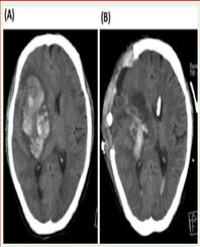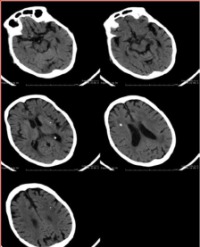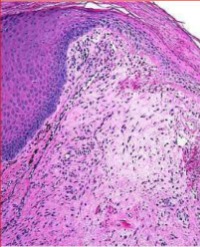
Dialysis Disequilibrium Syndrome: The Changes of Intracranial Pressure
Dialysis disequilibrium syndrome is a rare but well-known serious complication of dialysis. Cerebral edema associated with increase intracranial pressure has been considered to be main reason of dialysis disequilibrium syndrome. However, the direct evident of intracranial pressure changes in dialysis disequilibrium syndrome has been rarely described. Here, we reported a case of dialysis disequilibrium syndrome in a patient with acute stroke and intermittent hemodialysis. The changes of intracranial pressure levels before and during hemodialysis were analyzed and the results provided a significant evident to support the previous hypothesis.
Kai-Chao Yang¹, Chih-Ju Chang¹², and Cheng-Ta Hsieh¹²³*




